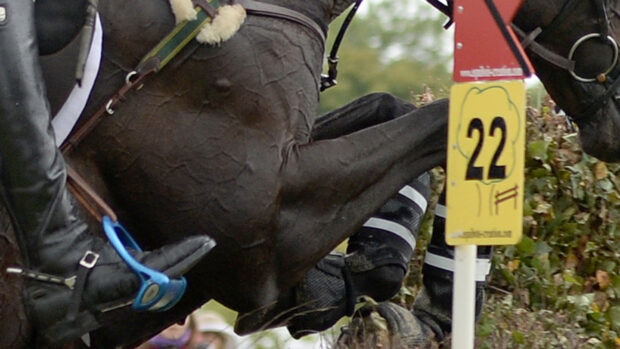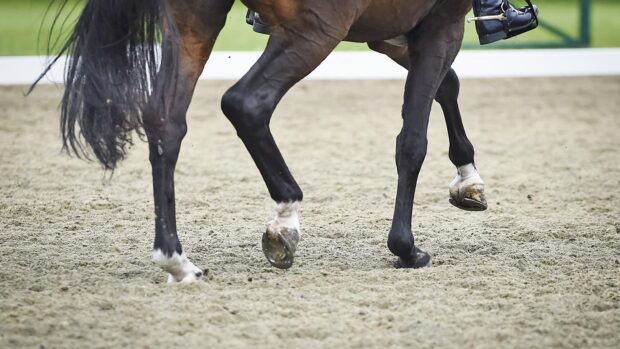The FEI has responded to suggestions that dressage needs a judging overhaul by saying it is frustrated the system being promoted by the International Dressage Riders Club (IDRC) has not yet been fully submitted.
The FEI reacted to the article in H&H, reporting that pressure on the body to re-evaluate the judging system is mounting.
Judging is a topic that has been a focus of riders’ minds of late — at Rotterdam, Spencer Wilton received scores varying from 65% to 73% for his grand prix aboard Numberto.
“We know that today’s judging system has potential for improvement, and we are open to evaluating all proposals. There is no doubt that we all want a system that is easy to understand and which prevents big differences. These make people sceptical about our sport,” said Trond Asmyr, FEI dressage and para- equestrian dressage director.
“We know that judges are doing their best to give the correct marks. The reason why we have judges sitting around the arena is that the execution of the movements looks different from different angles,” added Mr Asmyr.
“Because of this, the ‘correct’ solution is not to have exactly the same marks from all the judges, but the average of marks should give a correct total result.”
As well as education — for which future “e-learning solutions” are in the pipeline to help the training of judges — the FEI says it has introduced a number of elements to “avoid big differences”.
Mr Asmyr added: “The judges’ supervisory panel [JSP] is there as a safety net to correct marks if a judge has not seen technical mistakes or counting errors. As of this year, the responsibility of the JSP has been widened, so that if one judge’s results are markedly different from the rest of the ground jury, the results of this judge may be changed. This is especially important in cases such as at the 2013 European Championships [where one judge scored Michael Eilberg and Half Moon Delphi 6% lower than the others in the grand prix].”
The IDRC believes the solution is an evaluation matrix based on a code of points, similar to that used in other artistic sports such as gymnastics and figure skating. This solution has been supported by Spencer Wilton who said it would “bring more structure to the marking” in his recent H&H comment.
However, the FEI said it is frustrated the document has not yet been submitted.
“The FEI has repeatedly asked for a description of the system, so that we can start evaluating it. We have been told that it is not sufficiently developed yet,” added Mr Asmyr.
“Therefore the FEI finds it difficult to understand how the IDRC can have such a clear conviction that this is the mantra for the future. The overall idea is interesting, but how will it work in practice? It is easy to talk positively about a system if you don’t need to evaluate it from all sides. It is frustrating that the IDRC has so far not provided the FEI with the system, especially when the club is promoting it so heavily externally.”
Wayne Channon, secretary general of the IDRC, told H&H he had submitted an outline overview to the FEI a couple of months ago.
“We were hoping that the FEI would develop it from our draft,” he added. “We need to work on the software. It won’t happen overnight, but we aim to have the full proposal to the FEI by the end of the year.”
The FEI has said it is looking for a “detailed explanation of the system” from the IDRC, not a fully working model.
Ref: H&H 16 July, 2015




